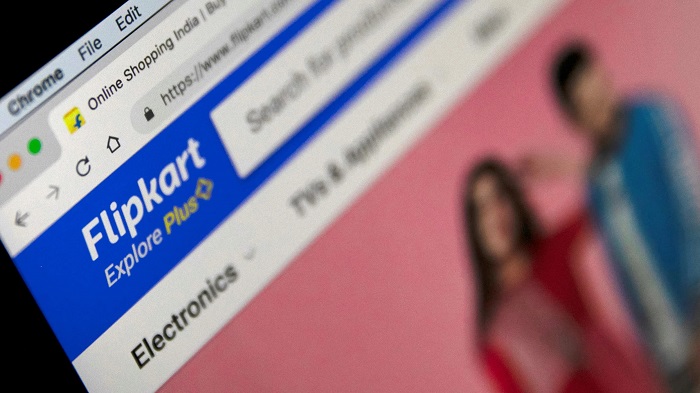COVID-19 changes Indian e-commerce as players break language, service barriers

Nothing can dampen Indian festive spirit. Despite COVID-19 triggering an economic slump, retailers expect this year’s festive season to be a boom period of the Indian e-commerce sector. Recent reports suggest, Indian e-commerce sector is expected to clock in revenues of around Rs 51,000 crore this festive season that begins with Navratri on October 17. The sector is estimated to grow by 32.8 per cent in 2020 with online shoppers doubling to around 50 million during the festive months, says consulting firm RedSeer. To maintain this growth momentum and meet changing demands, e-commerce players would need to undertake several new initiatives, opines Vijay Bhupathiraju, Retail Analyst, GlobalData. Besides introducing consumer-specific products, they would need to ensure the safety and hygiene of their consumers.
Changing e-commerce trends
Since online shopping bounced back post lockdown in March and April, Indian shoppers have been shopping at a higher frequency and buying across categories. Festive launches and discounts are boosting demand for new products. However, an impending economic slowdown and a fear over job loss is expected to snip their expenditure on non-essential products and goods, says Rajeev Kumar K, Senior Vice-President, Market Development-South Asia, Mastercard.
To encourage shoppers loosen their purses, e-commerce firms need to study their altered consumptions patterns. For instance, social distancing and lockdowns have lowered their need for formal and party wear and boosted demand for loungewear, says Bhupathiraju. Work-from-home has also spiked demand for desk and laptops. Consumers are also shopping for kitchenware, kitchen appliances and home furnishing this year.
To meet these altered demands, e-tailers need to introduce the right product catalogue and undertake appropriate safety measures. They need to encourage digital payments, offer contact-less deliveries, and amp up safety at their warehouses.
Breaking barriers
Along with the increase in the number of online shoppers, their profile too is evolving, say experts. Now, online shoppers have diverse consumption patterns, geographical locations, languages, and levels of disposable incomes. To reach to customers, e-commerce companies are breaking language barriers and using vernacular interfaces. For example, Snapdeal has introduced services in eight languages, while Amazon services are available in six Indian languages and Flipkart is available in five regional dialects.
Flipkart and Amazon have also collaborated with banks for broader coverage of debit card EMIs, alliances with digital non-banking financial companies (NBFCs) for no-cost EMI solutions, and boosting buy now, pay later offerings.
The pandemic has helped e-commerce companies improve their delivery services to rural and areas, says Bhupatiraju. For instance, to increase its festive shipments, Flipkart has onboarded over 50,000 new kiranas while, over 100,000 Amazon-enabled local shops, kiranas and neighbourhood stores from across India are geared up to serve their customers across India.
Latest Publications
































